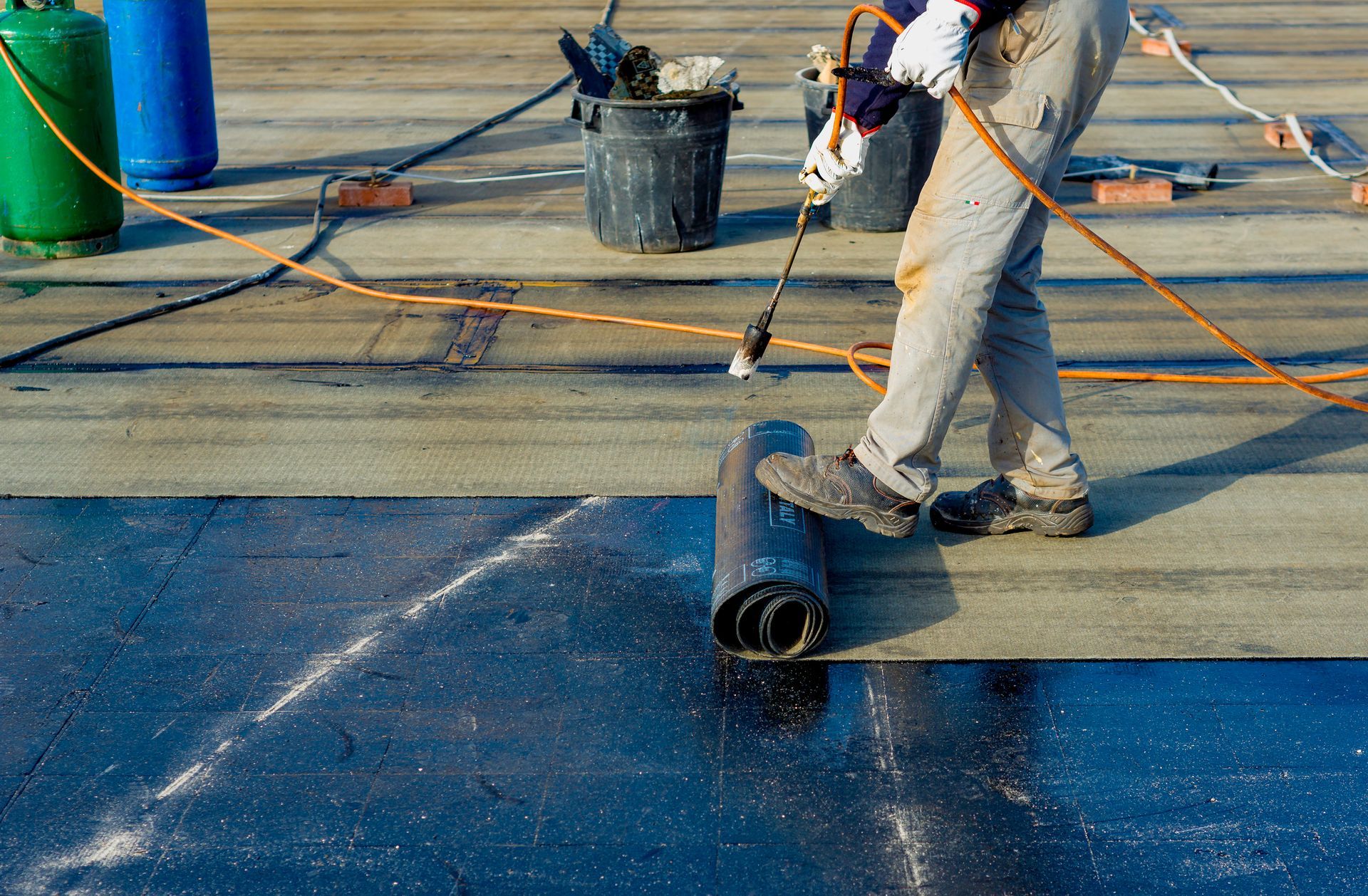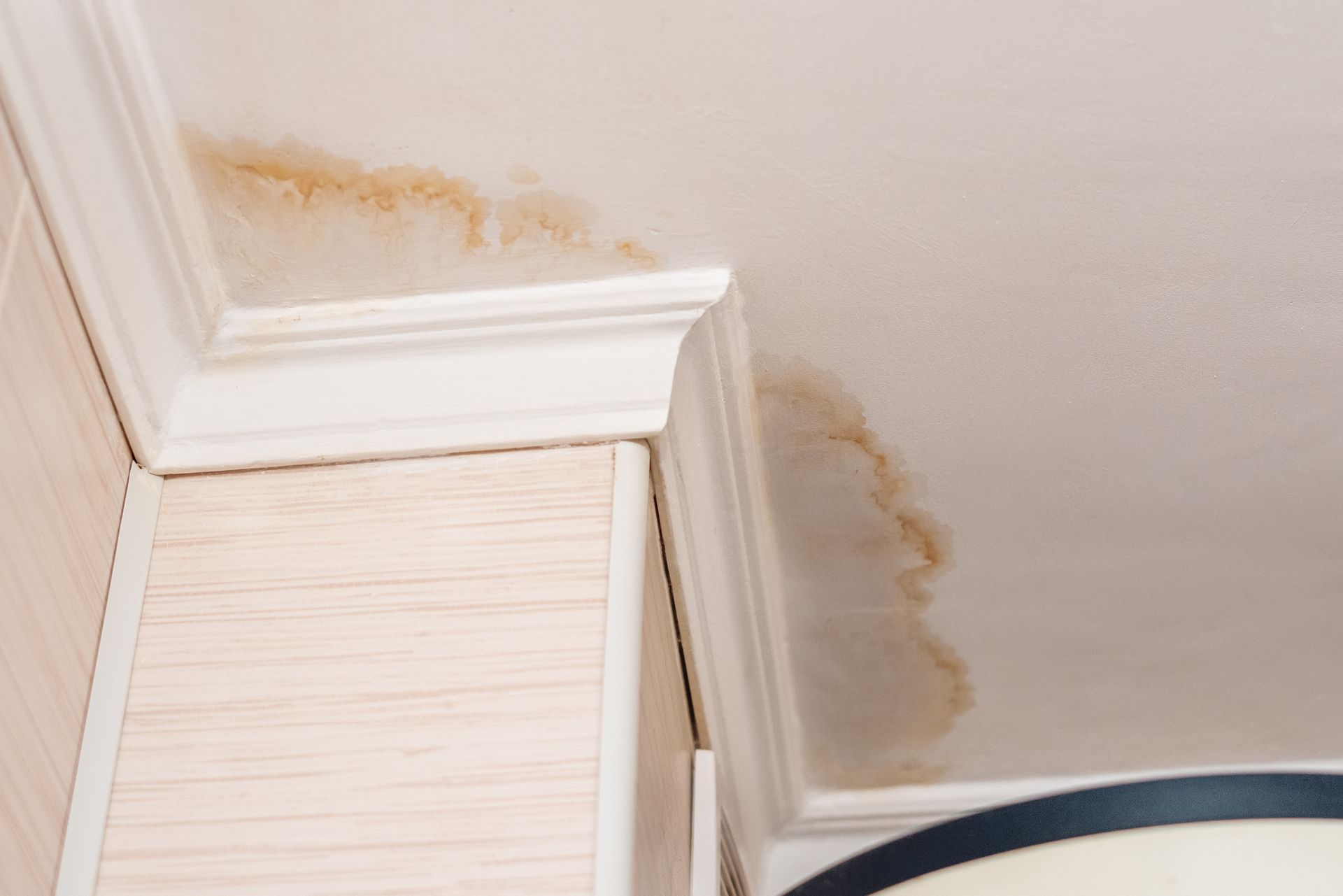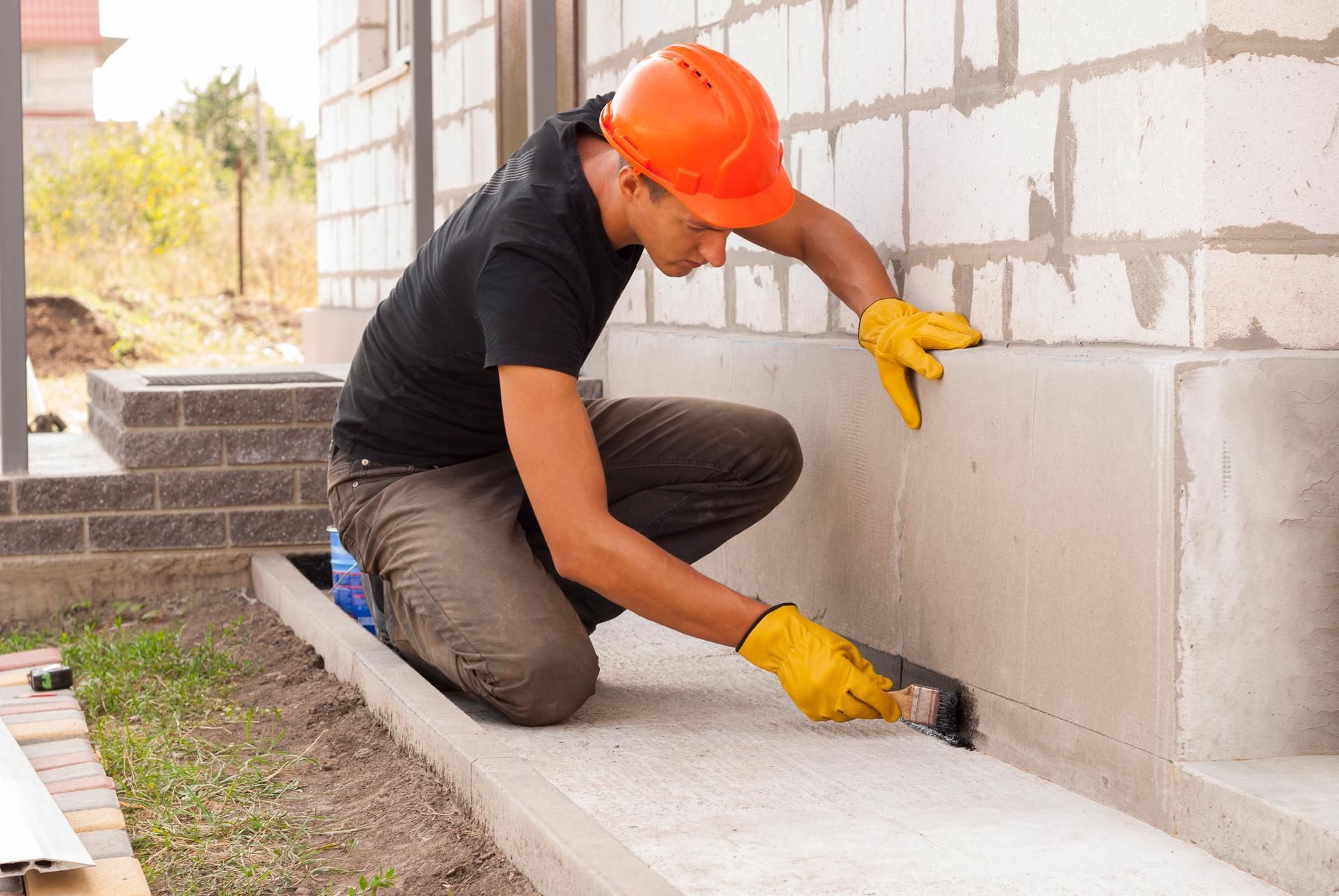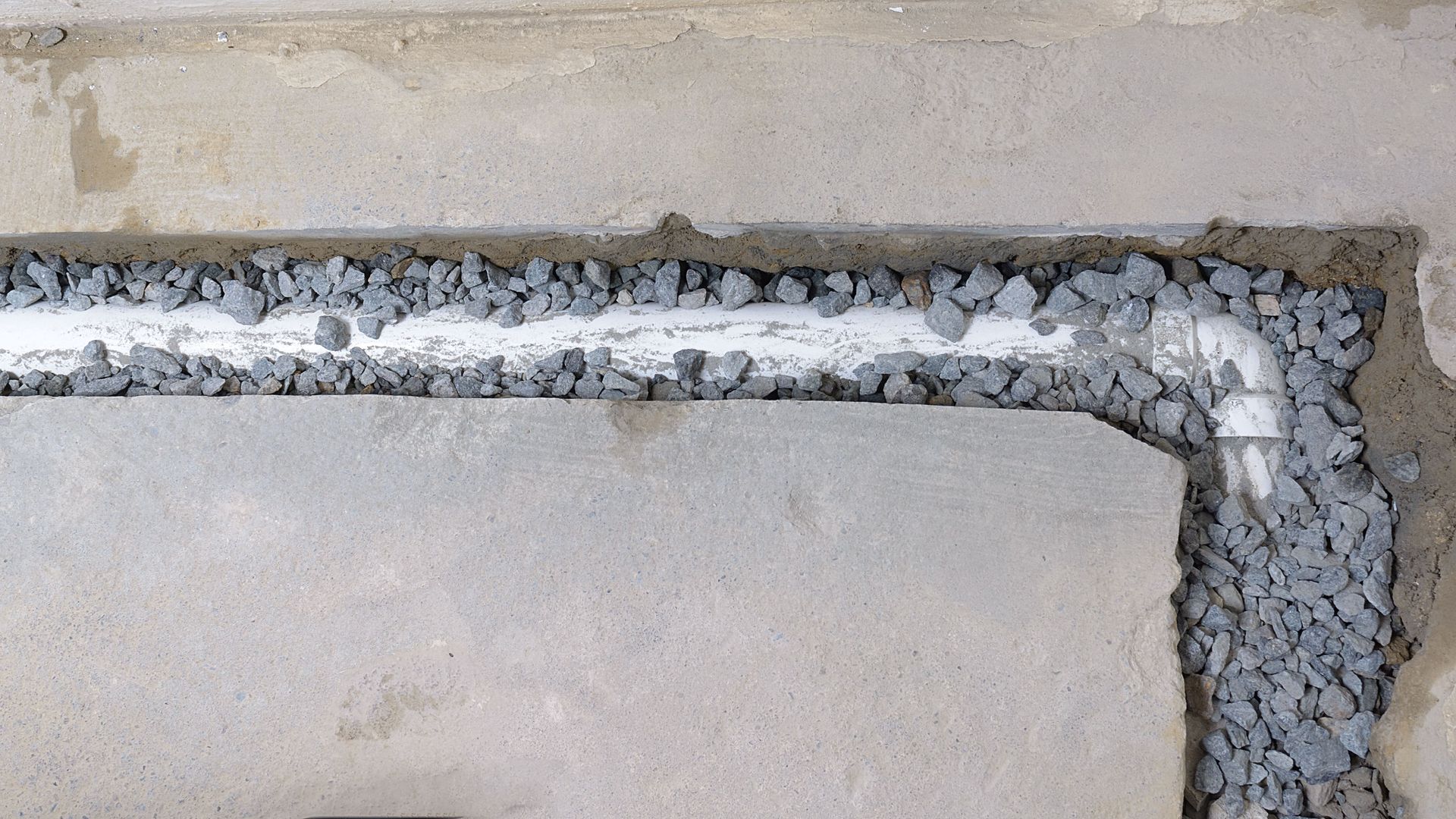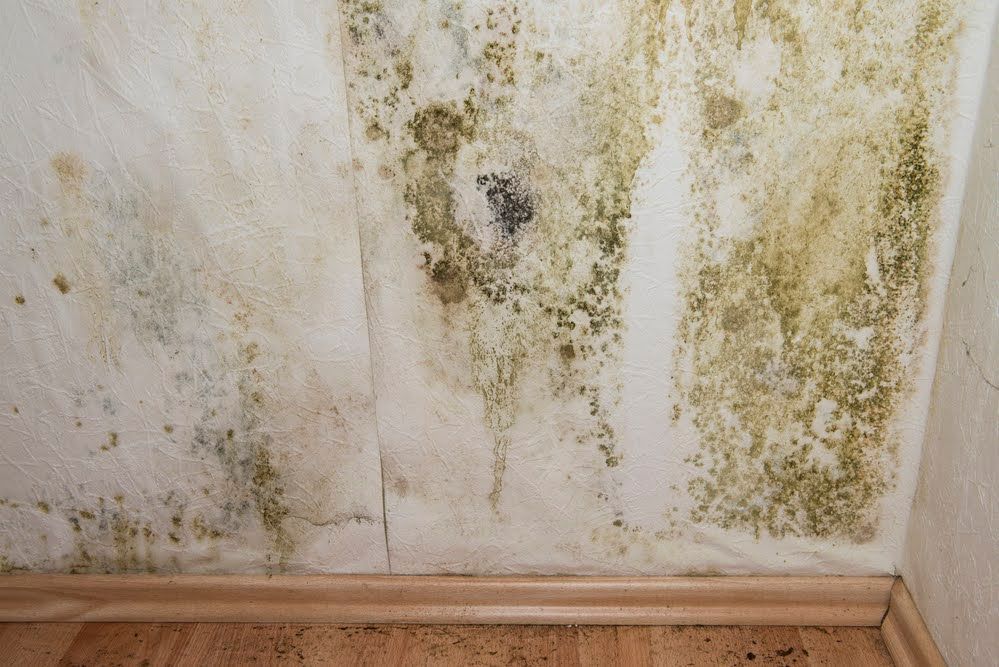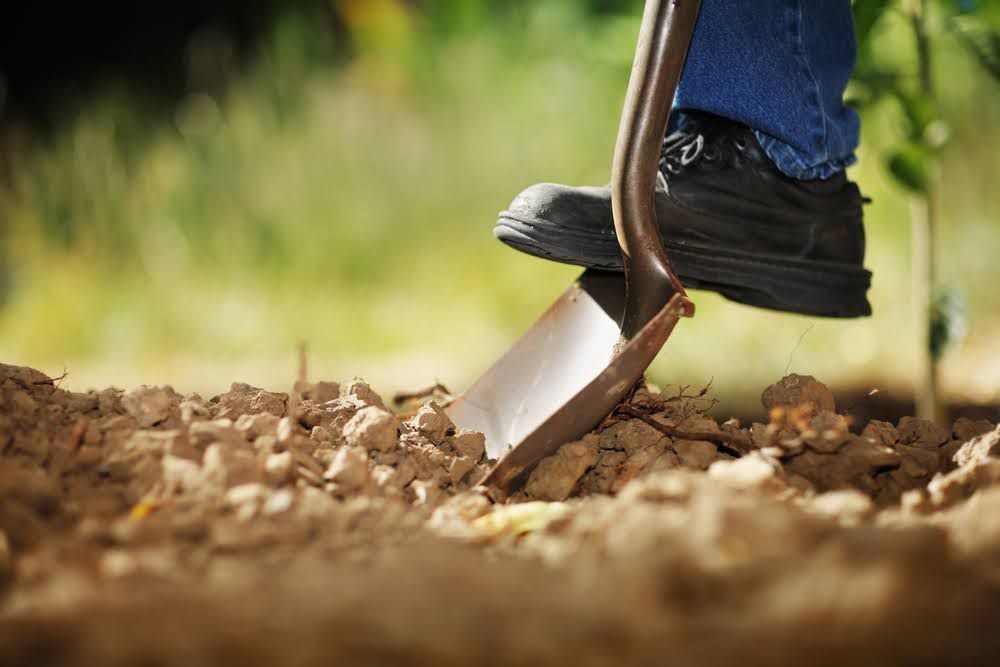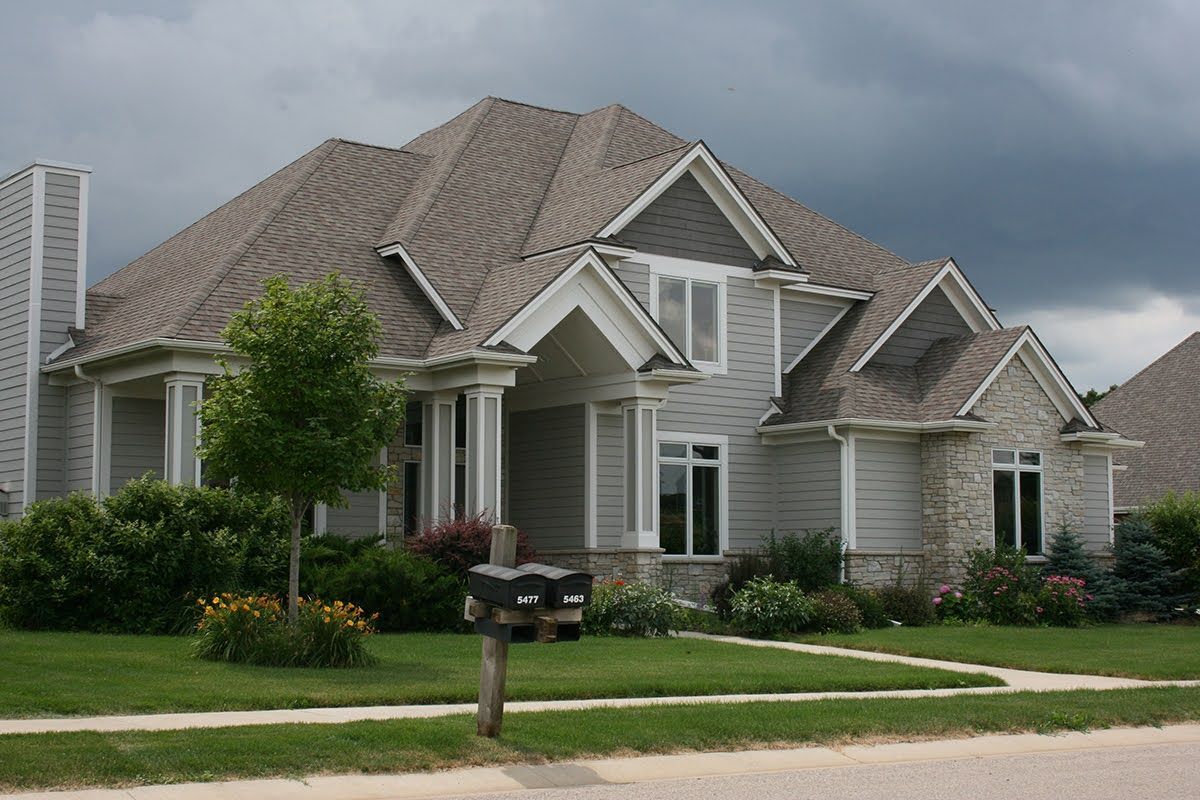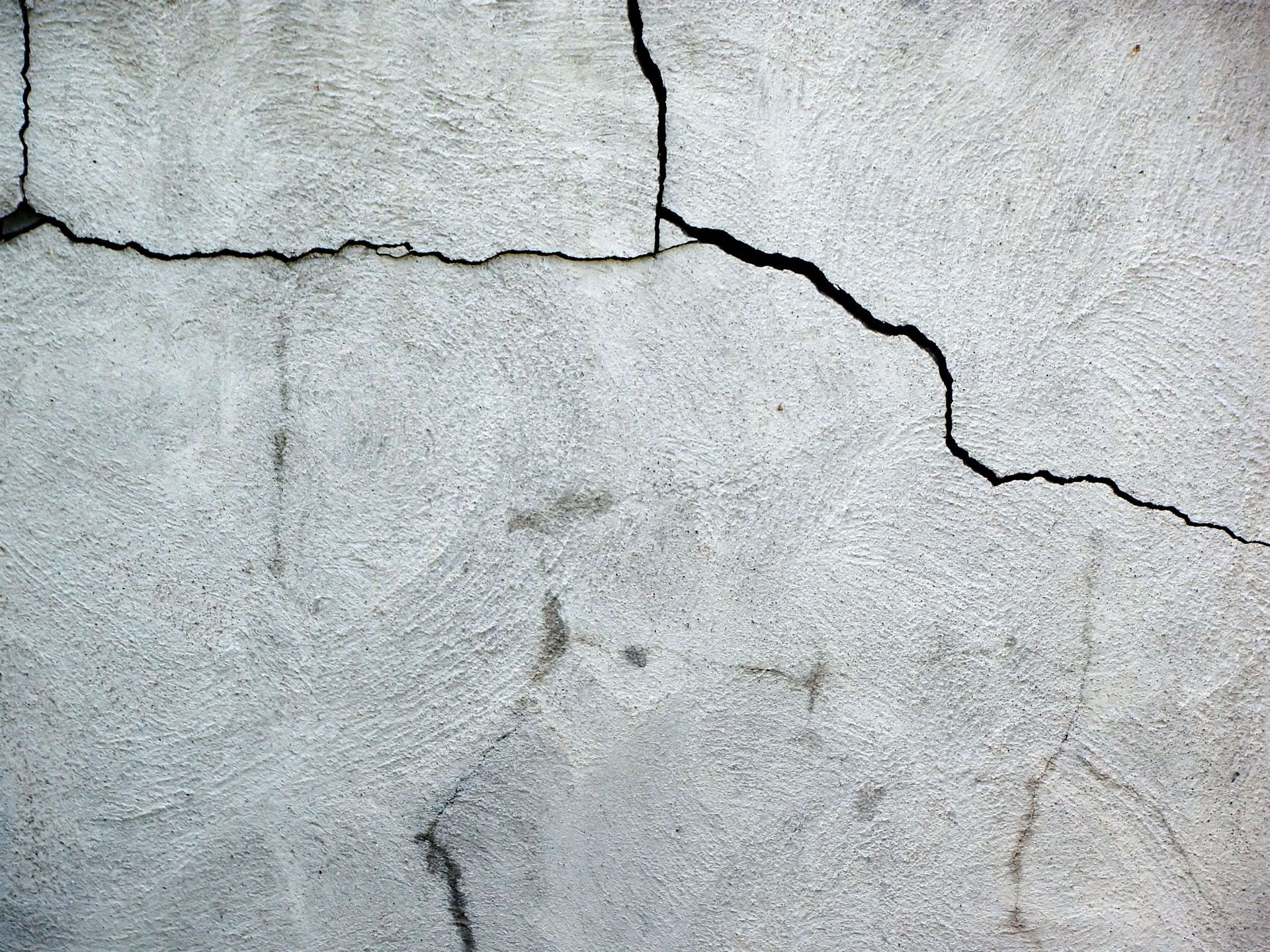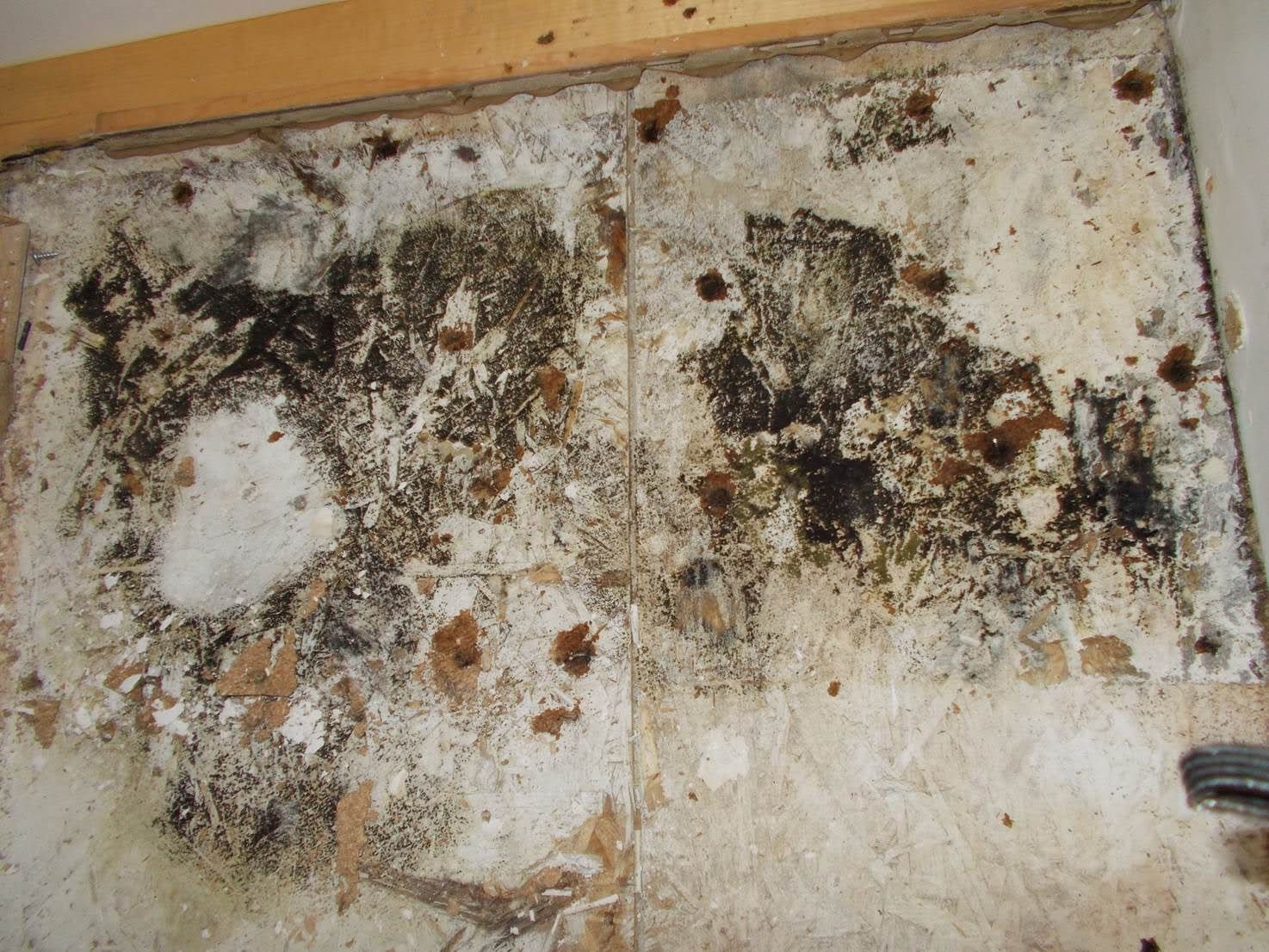Top Sump Pump Maintenance Tips
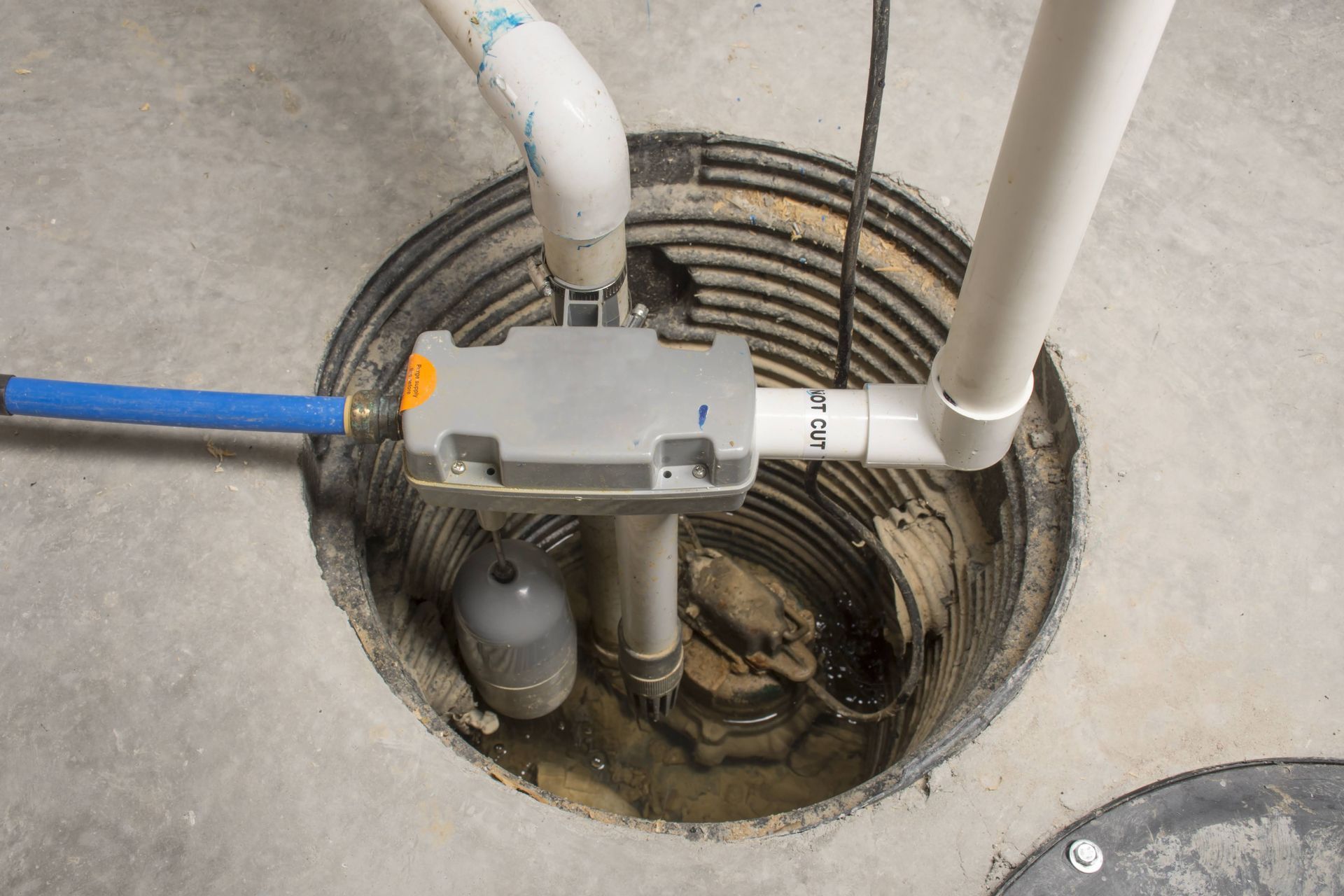
A sump pump is a crucial component that keeps water out of a home's basement in the event of a storm. However, because sump pumps sit idle for long periods of time, you may not notice any flaws until the pump fails to function.
Thankfully, with proper maintenance, a sump pump can live a full lifespan and save you hundreds of dollars that could have been used to clean a flooded basement. Read on to learn some tips to keep your sump pump in good condition.
Understand the Functionalities of the Sump Pump
You should understand how your sump pump works as thoroughly as possible so that you know what to expect in terms of its needs, strengths, and weaknesses.
For example, you should know how and where to get replacement parts and what issues you should watch out for at any particular time. Additionally, you should know the age of your unit, as older ones tend to experience more problems than newer ones.
If you bought the house or live in a house for rent, you can look at the motor to see the brand and if the unit has an inscribed model number. You also need to determine if what you have is a submersible sump pump or a pedestal sump pump.
Pedestal sump pumps have long stands that raise the motor above the floor level and pits. On the other hand, submersible sumps have motors in the sump pits and work underwater. While the designs may be different, these pumps always have common parts such as impellers, power cords, motors, and float switches.
Test Your Pump Before the "Wet Season"
Sump pumps should be tested on an annual basis. Ideally, you should test your pump in early spring, just before it gets wet, to ensure that it will work properly if needed.
Connect the sump pump to the power source, and then slowly pour water into the pump to test it. The pump should turn on when the water reaches a predetermined level. Additionally, you should listen for any odd noises such as rattles and squeals. If the pump behaves contrary to what you would expect, your sump pump is likely clogged or broken, and you will need to call a qualified, licensed professional for help.
Clean the Sump Pit and Pump Regularly
Cleanliness is crucial if you'd like to extend the lifespan and efficiency of your sump pump. Take these steps to clean the sump pit and pump.
- Ensure that appliances such as washing machines that drain water into the unit are not in use, and turn off the sump pump.
- Rinse the pump with a garden hose, and then use tools such as a putty knife or plastic scraper to remove debris.
- Clean out the sump pit with the help of a wet vacuum.
- Wait for the sump pump to dry, reattach the pump to the pipe, and plug the pump back into the power source.
- A sump pump should also be plugged in and you should take a hose and run water into the pit as well.
Cover Your Sump Pump Properly
A proper cover prevents lint, debris, and sediments from falling into the sump pit. Ensure the cover fits over the pit and that the only holes available accommodate the stand, drainage pipe, and wires. Remember, the sump pump does not rule out the need for regular sump pump cleaning. However, you will have less to clean if you cover the pump properly.
Set Up a Back-Up Sump Pump
Power can go out in a storm. Therefore, as a homeowner, you can install a backup pump that runs on water pressure or batteries. Note that this pump type may not be as robust as pedestal and submersible sump pumps. However, the pump is advantageous for their independence from electricity.
While these tips can help you maintain your sump pump, you also need a professional who knows the ins and outs of repair, maintenance, and replacement when you experience sump pump problems. Contact us at Central Penn Waterproofing with all your sump pump needs.


